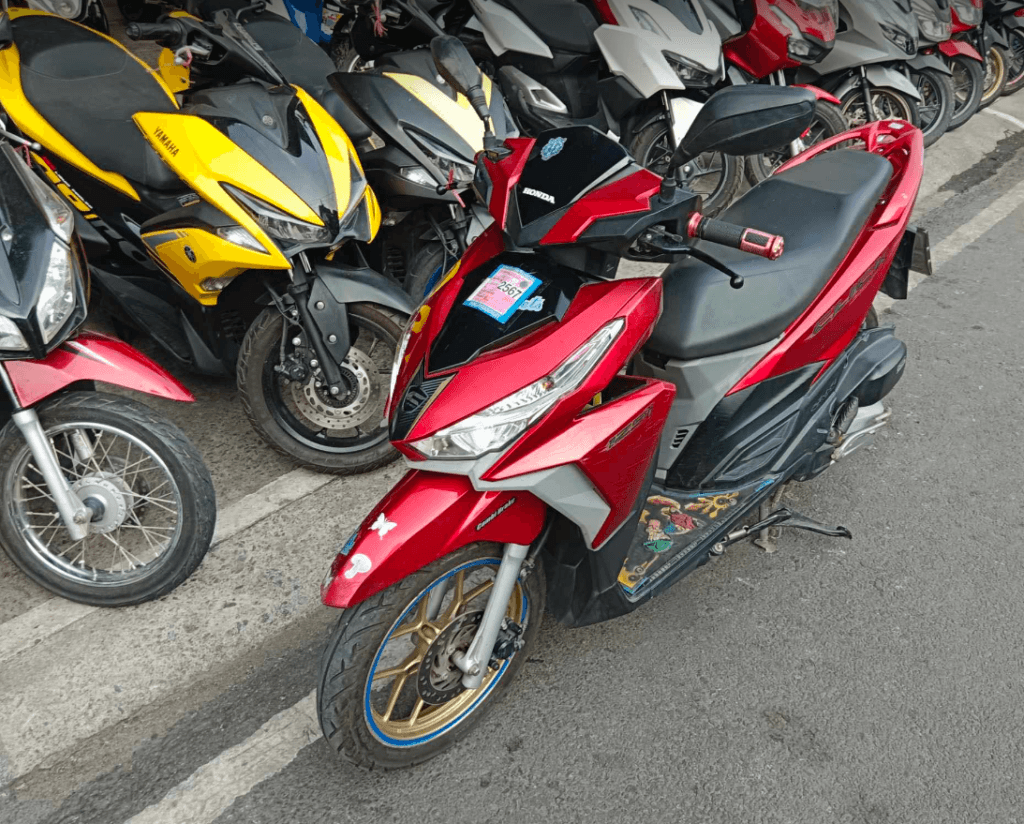If you’ve ever visited Southeast Asia, you’ve likely noticed that scooters and motorcycles are everywhere. From the narrow alleyways of Hanoi to the crowded streets of Jakarta, motorcycles dominate the roads.
But why are they so popular compared to cars? The answer lies in a combination of practicality, affordability, and cultural influence.

Navigating Traffic and Narrow Streets
One of the biggest reasons scooters and motorcycles thrive in Southeast Asia is their ability to navigate through heavy traffic and narrow streets.
In cities like Bangkok and Manila, where gridlock is a daily reality, cars often get stuck for hours, barely inching forward. Meanwhile, motorcycles can easily weave through tight spaces and bypass traffic jams, getting you to your destination in minutes.
Even in cities without constant traffic jams, many older areas, such as the historic parts of Hanoi, consist of narrow winding streets that cars simply cannot navigate.

Affordability: A Key Factor
For many in Southeast Asia, buying a car is financially out of reach, but a scooter or motorcycle is much more affordable. Decent models can cost as little as USD $250.
Not only are they cheaper to purchase, but they’re also incredibly cost-efficient to maintain and run:
- Maintenance costs: Oil changes cost around $10 every 5,000 km.
- Fuel efficiency: Most scooters need just a couple of liters of fuel a week.

Parking Convenience
In densely populated urban areas, parking space is a significant issue. Unlike in some Western cities, where parking can often be taken for granted, Southeast Asian cities like Jakarta or Ho Chi Minh City often lack plentiful car parking options.
Motorcycles, on the other hand, are far easier to park:
- Specialized motorcycle parking bays can accommodate thousands of bikes at once.
- They can fit along narrow streets or in small spaces.

A Cultural and Practical Means of Transportation
Scooters and motorcycles are not just transportation; they’re an essential part of daily life:
- Entire families—sometimes three or four people or more—commonly ride on a single scooter.
- For small businesses, motorcycles serve as delivery vehicles, mobile food stalls, or even construction transporters with impressive loads strapped on.
This versatility often makes owning a car unnecessary for many people.

Conclusion
Scooters and motorcycles are the backbone of transportation in Southeast Asia, and for good reason. They’re:
- Practical for congested streets and narrow spaces.
- Affordable to buy, run, and maintain.
- Versatile for both personal and professional needs.
In a region where space is limited and traffic is intense, two-wheelers offer the kind of freedom and flexibility that cars simply can’t match.